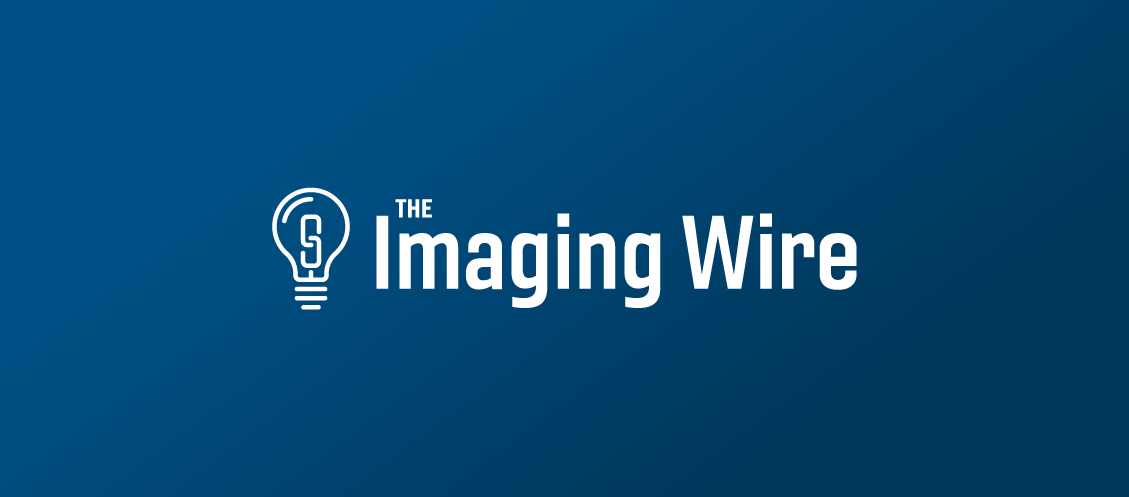In one of the most famous quotes about radiology and artificial intelligence, Curtis Langlotz, MD, PhD, once said that AI will not replace radiologists, but radiologists with AI will replace those without it. A new study in AJR illustrates his point, showing that radiologists using a commercially available AI algorithm had higher rates of detecting incidental pulmonary embolism on CT scans.
AI is being applied to many clinical use cases in radiology, but one of the more promising is for detecting and triaging emergent conditions that might have escaped the radiologist’s attention on initial interpretations.
- Pulmonary embolism is one such condition. PE can be life-threatening and occurs in 1.3-2.6% of routine contrast-enhanced CT exams, but radiologist miss rates range from 10-75% depending on patient population.
AI can help by automatically analyzing CT scans and alerting radiologists to PEs when they can be treated quickly; the FDA has authorized several algorithms for this clinical use.
- In the new paper, researchers conducted a prospective real-world study of Aidoc’s BriefCase for iPE Triage at the University of Alabama at Birmingham.
Researchers tracked rates of PE detection in 4.3k patients before and after AI implementation in 2021, finding …
- Radiologists saw their sensitivity for PE detection go up after AI implementation (80% vs. 96%)
- Specificity was unchanged (99.1% vs. 99.9%, p=0.58)
- The PE incidence rate went up (1.4% vs. 1.6%)
- There was no statistically significant difference in report turnaround time before and after AI (65 vs. 78 minutes, p=0.26)
The study echoes findings from 2023, when researchers from UT Southwestern also used the Aidoc algorithm for PE detection, in that case finding that AI cut times for report turnaround and patient waits.
The Takeaway
While studies showing AI’s value to radiologists are commonplace, many of them are performed under controlled conditions that don’t translate to the real world. The current study is significant because it shows that with AI, radiologists can achieve near-perfect detection of a potentially life-threatening condition without a negative impact on workflow.





